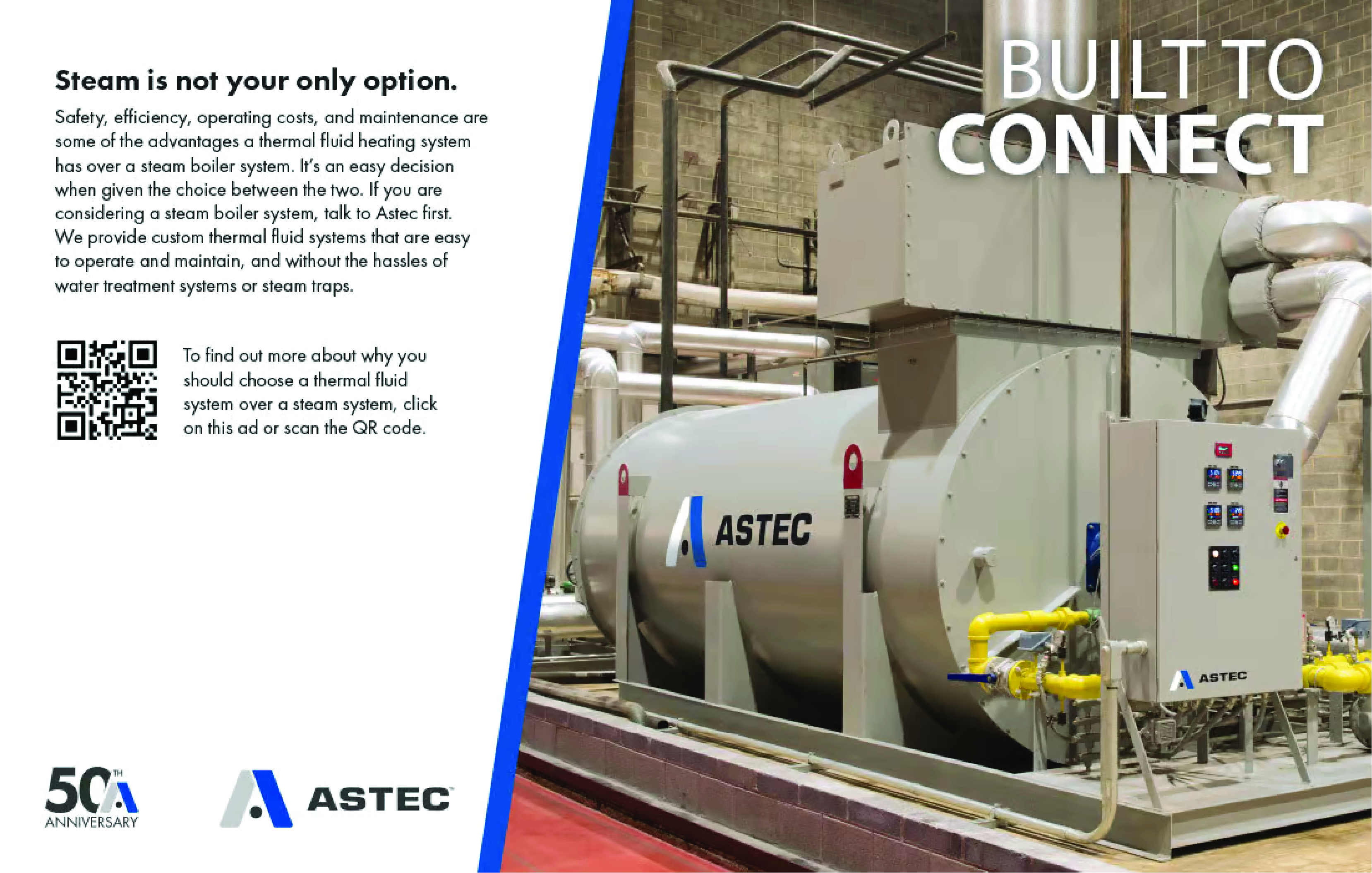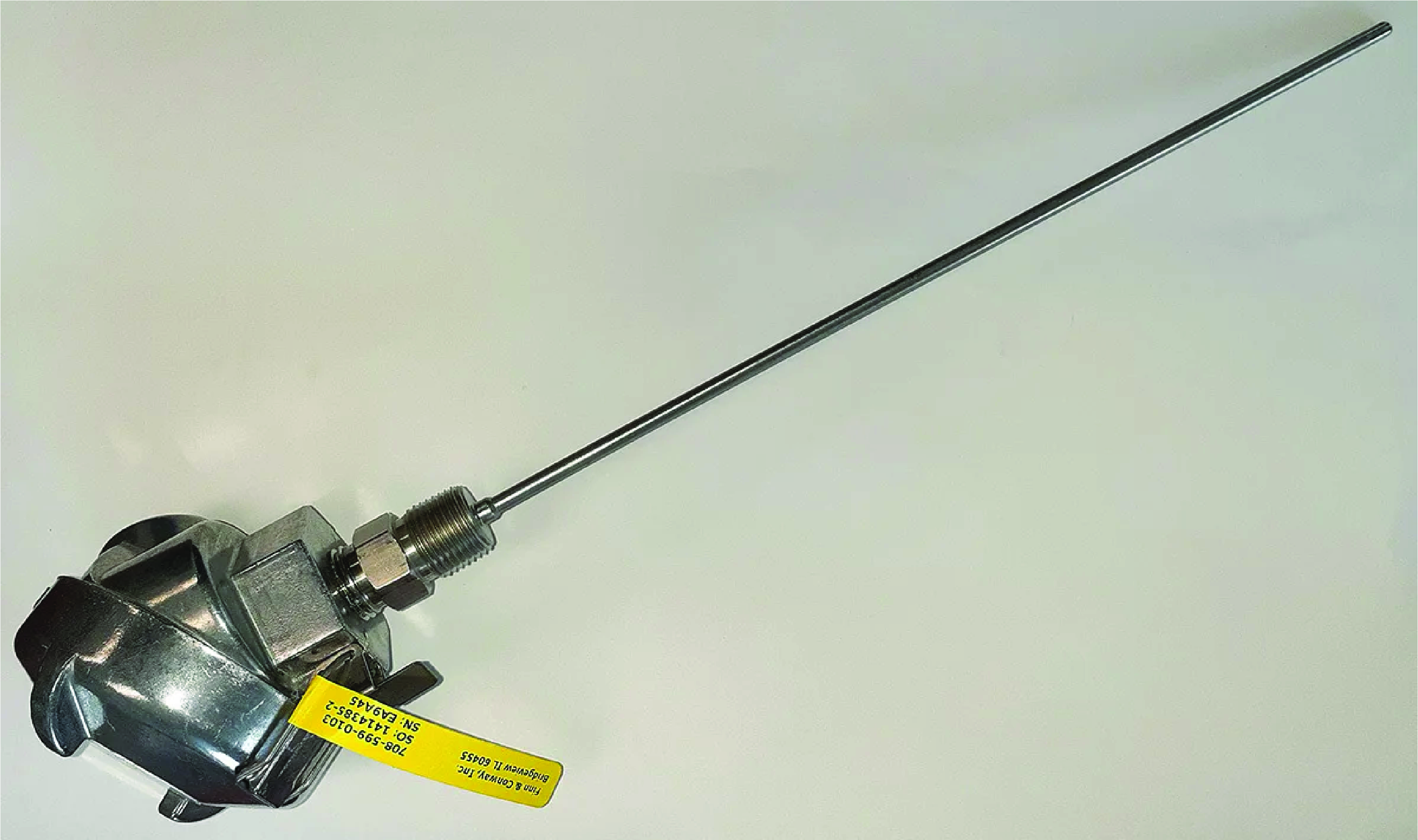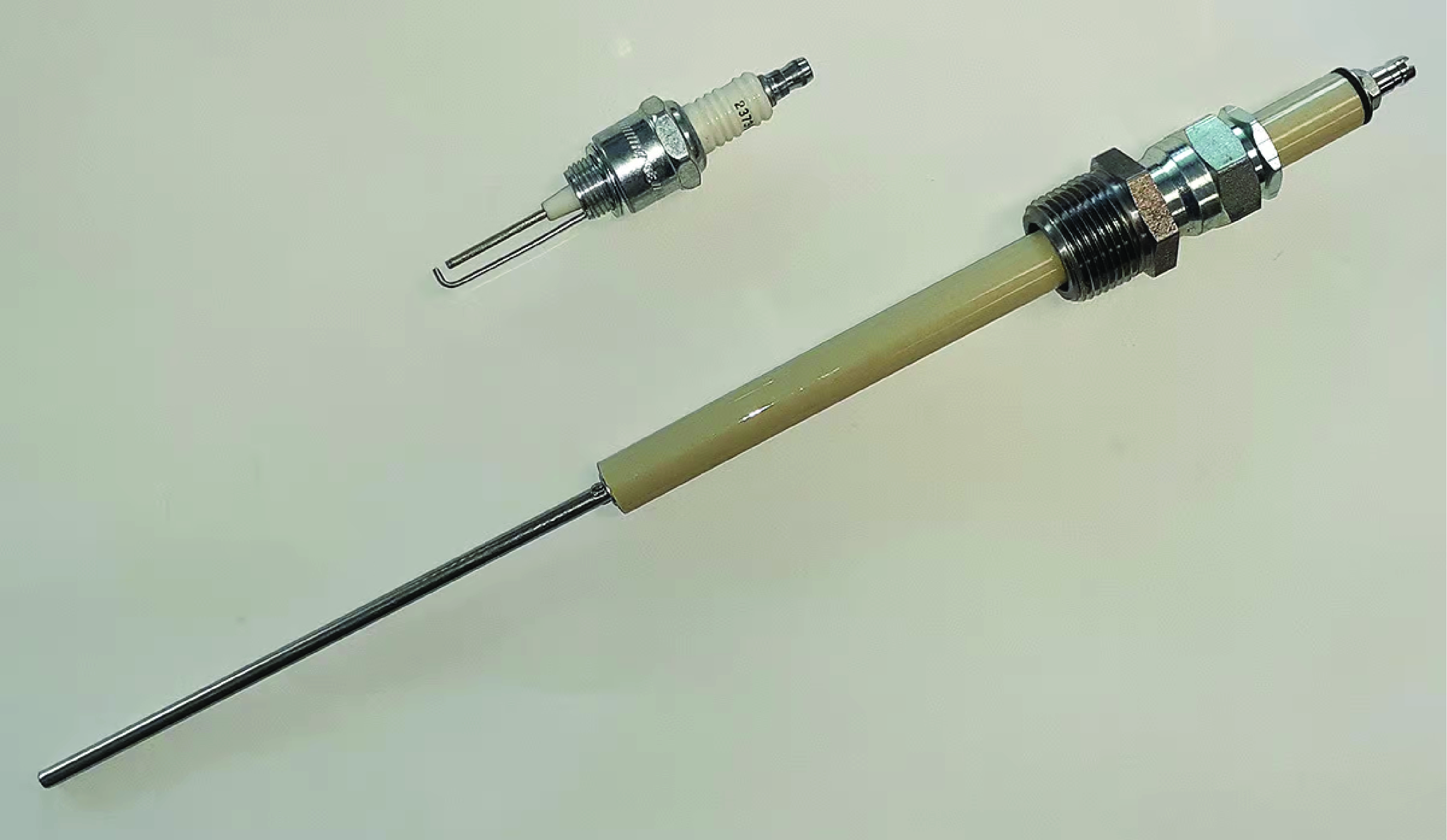Industrial ovens and dryers can achieve a useful life of 20 or 30 years with proper maintenance. Inspections are key to a solid maintenance program.
Routine maintenance is like routine exercise: We know that it is good for us in the long term, but it is easy to find excuses to skip doing it. A convection-style industrial oven or dryer is the type of equipment that can easily achieve a useful life of 20 or 30 years. But, maintenance — regular and ongoing — is critically important in keeping that oven or dryer safe and in good operational order.
A routine maintenance program — as opposed to a reactive or run-to-fail program — is the preferred way to keep that equipment going.[1] And, the keys to a good routine maintenance program are inspections and checklists.
Regularly performing inspections of heat process equipment typically gives warning of problems before they result in costly downtime. In addition, appropriate equipment overhaul and the replacement of worn-out components ultimately save the time, money and the anguish associated with emergency shutdown and repair.
Inspection frequency and thoroughness can vary with the function, complexity and criticality of the equipment. An oven or dryer that is used every day on every part produced by a facility needs more tender loving care than one that is only used occasionally on a small portion of the products.

Insulated Enclosure
The insulated chamber is a part of the oven or dryer that often gets ignored. This static structure does not do anything other than keep the hot air in and the cold air out. Over time — and a few thousand heating/cooling cycles — the insulation can start to deteriorate, however.
On an older oven or dryer, you can sometimes see hot spots on the exterior of the enclosure when scanned with a thermal imaging camera. Another tell-tale warning to look for on the oven exterior is discoloration. Such discoloration is a sign that heat or (sometimes) fumes are escaping from the oven.
Discoloration marks over the product openings often are a sign of oven imbalance; likewise, such marks around the access doors are a sign of failed gaskets or seals. Ovens using panel construction as opposed to shell construction can sometimes show discoloration marks emerging from the roof trim. This could be due to insufficient exhaust, oven imbalance or a sign of problems with recirculated airflow within the oven.

Moving Parts
The second area of focus for inspection and maintenance includes the moving parts on an oven or dryer. For instance, V-belts wear over time, and they become loose or break.
Typically, there are not many moving parts that need an inspection. Among those that should be checked are:
- Exhaust fan.
- Recirculation fans.
- Combustion blowers (if applicable).
- Product doors (if applicable).
- Conveyor system (if applicable).
Filters
Not all ovens or dryers have filters, but some do. For higher quality painting operations, inlet filters, combustion filters and even recirculation filters have to be properly installed and maintained. Fully loaded filters have higher pressure drops and can directly affect oven operation and product quality.
Burners and Heaters
Ovens and dryers need a heat source. The two most commonly used heating sources are electric heating elements and gas-fired burners.
Electric heaters typically are controlled by contactors, solid-state relays or silicon-controlled rectifiers. The temperature controller reads a thermocouple or RTD and sends a control signal to the heater controller calling for more or less heat.
Gas burners are more complicated. There is still a thermocouple, temperature controller and burner controller (gas valve); however, due to the potential danger associated with natural gas or propane, several other associated safety devices are required, including:
- High gas pressure switch.
- Low gas pressure switch.
- Combustion airflow switch.
- Flame detection (flame rod or UV scanner).
- Flame safety relay.
All these devices need to be in working order to light the burner and maintain the flame.

The temperature controller reads a thermocouple or RTD and sends a control signal to the heater controller calling for more or less heat.
Safety Devices
In addition to the gas train safety components, other devices are required by NFPA 86, the standard for ovens and furnaces.[2] For Class A ovens, these devices include:
- Exhaust fan airflow switches.
- Recirculation airflow switches.
- High limit (overtemperature) controllers.
- Purge timers.
NFPA 86 provides examples of operational and maintenance checklists for ovens and dryers.[3] Inspections are typically separated into specific periods: daily, weekly or monthly, and annually.
Daily Inspections
Every day or every shift, the operators should perform a quick check of the equipment to ensure that nothing is noticeably wrong. Operators should be encouraged to listen for odd sounds or vibrations that develop. If they hear something, they should say something. Ideally, the following operational checks should be performed at the start of every shift:
- Verify the setpoint and process (temperature) reading of control instruments.
- Verify the positions of manual gas valves, manual dampers, etc.
- Ensure an appropriate purge time is being observed before turning on the heating system.
- Listen to blowers and fans for unusual noises indicating worn/misaligned bearings, sheaves and/or V-belts.
- Verify conveyor speed or oven dwell time.

During burner inspections, it is important to verify spark plug operation.
Weekly or Monthly Inspections
Beyond the daily inspections, regular temperature checks are recommended to confirm that the oven or dryer is performing as expected. Running a temperature datalogger through the oven on the conveyor is a great way to quantify oven performance. Static temperature tests within a batch system also are suggested.
In addition, AMS 2750F is a pyrometry specification used extensively throughout the aerospace industry. It describes how to run a temperature profile and specifies how often to change thermocouples based on the operating temperature and required uniformity.[4]
Annual Inspections
An annual safety inspection is mandated by code. NFPA 86 Section 7.4.3 clearly states:
“It shall be the responsibility of the user to establish, schedule and enforce the frequency and extent of the inspection, testing and maintenance program, as well as the corrective action to be taken.”
In addition, Section 7.4.4 states, “All safety interlocks shall be tested for function at least annually.” These tests and safety inspections need to be properly documented.
An annual inspection is an opportune time to check non-safety as well as safety-related components and devices. Again, NFPA 86 provides a thorough checklist:[5]
- Inspect flame rod(s) or UV sensors for condition and cleanliness.
- Inspect thermocouples and lead wire for shorts and loose connections.
- Check the setting and operation of low and high temperature limit devices.
- Test visual/audible alarm systems for proper operation.
- Check spark igniters and verify proper gap.
- Check and test airflow, pressure and/or zero speed switches for proper pressure settings.
- Check control valves, dampers and actuators for free, smooth action.
- Test the interlock sequence of all safety equipment. Interlocks should be made to fail manually, verifying that the related equipment operates as specified.
- Test the safety shutoff valves for operation and tightness of closure.
- Test the main fuel manual valves for operation and tightness of closure.
- Visually inspect electrical switches, contacts or controls for signs of arcing or contamination.
- Test instruments for proper response to thermocouple failure (up-scale burn-out).
- Clean or replace the air filters.
- Inspect burners and pilots for proper operation, air/fuel ratio, plugging or deterioration.
- Check the spark ignition wires and ignition transformers.
- Check the operation of modulating control valves.
- Examine the interior of the equipment, ductwork and ventilation systems for cleanliness, damage and flow restrictions.
- Lubricate motors, valves, fans, blowers and other components.
- Test and recalibrate control instrumentation.
- Test flame safety relays. Make a complete burner shutdown and restart to check components for proper operation.
- Check electric heating elements for contamination, distortion, cracked or broken refractory element supports and proper position.
- Check motor and electric heating element terminals for tightness.
Staying current on inspections will allow timely proactive maintenance and component replacement. Regular maintenance will result in years and decades of useful service of your oven or dryer.






 Find our Products by Region:
Find our Products by Region: